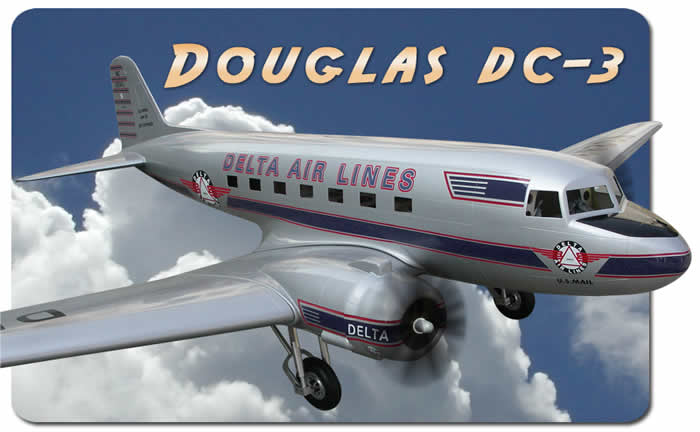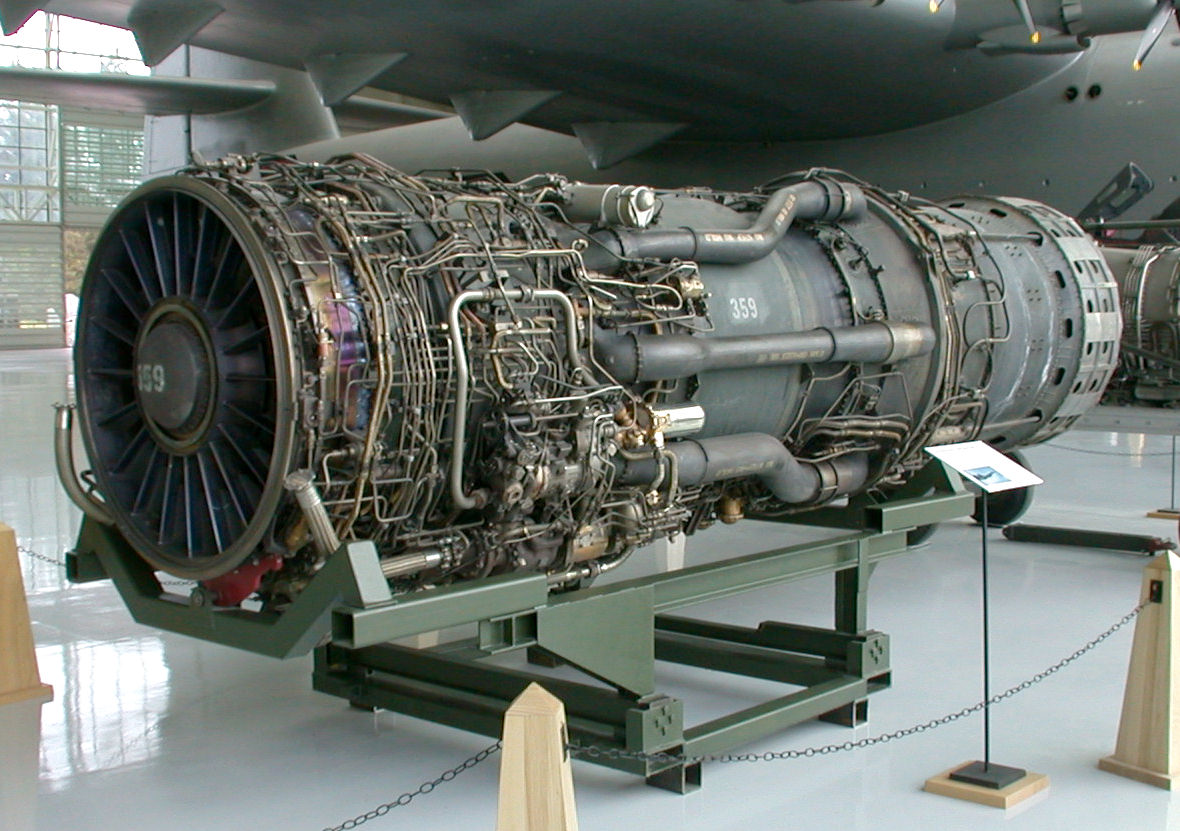Do we realize how amazing flight is? Or, like many other of the technologies we have today, do we just take it for granted and even complain about it at times?
Here's a quick timeline of some of the major developments of aviation in history:
- World War I--As flying machines and airplanes became more feasible, the major powers in the war battled for rule of the air. Scientists from both sides of the war sought to develop faster, more maneuverable, sleeker, and more deadly flying machines. When one side would develop a better engine, the other would develop a better design. The war drove the technology of airplanes to a whole new level.
- 1919--Britain and France introduce a Cross-channel service, originally from London to Paris, and thus begin the development of commercial flights, and transporting humans by airplane. By 1936, Donald Douglass and his Engineers release the DC-3 (standing for Douglass Commercial) airplane that can carry up to 21 passengers.
End of World War II--In 1942, Adolf Galland of Germany flew a prototype of one of the worlds first jet engine propelled airplanes. The invention of the jet engine came too late to effect the outcome of the war, but its impact on the future of airplanes was immense.
Computers--As computers enter the scene of flight, more sophisticated airplanes and control towers develop, and commercial and private flying become widespread. Today, airplanes make the world a smaller place, giving us the ability to be on the other side of the world within 24 hours. Isn't it wonderful?




No comments:
Post a Comment